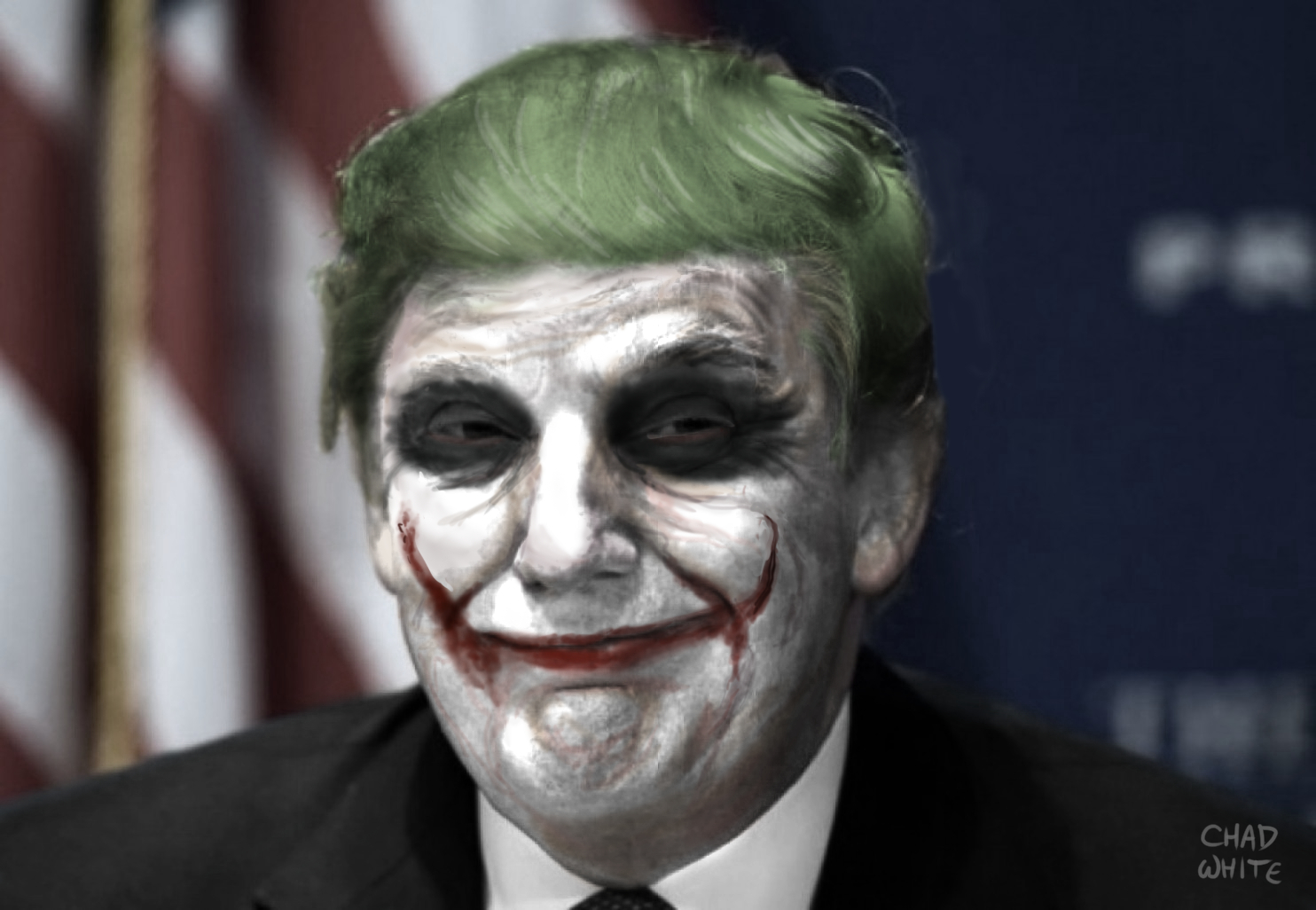
Bit of a loose collection of bits and bobs this week. I’ve been both sick and very busy.
Firstly, I was recently a guest on the excellent They Must Be Destroyed On Sight! movie podcast, chatting with hosts Lee Russell and Daniel Harper (who is also, as you all must surely know by now, the co-host of the Oi! Spaceman Doctor Who podcast, and an online mate of mine). Check out my episode here (and check out TMBDOS’s other episodes because they’re worth it). In my ep, we chatted about the 1983 Coen Brothers debut Blood Simple (thus making the podcast kindasorta another bit of Eruditorum Press’s now recurring but irregular ‘Minnesota’ series… even though Blood Simple takes place in Texas) and the 1986 David Lynch masterpiece/freakshow Blue Velvet.
Blue Velvet is 30 years old this year, and a restored print is currently enjoying a limited theatrical re-release. It’s almost as worrying, baffling, and brain-frying as it ever was, though obviously it now exists in the context of three decades of subsequent American cinema at least partly shaped by its impact.
On that subject…
Blue Velvet (Just Some Stray Thoughts I Wish I’d Been Able to Develop in the Abovementioned Podcast)
One line of criticism praises the film as an expose of the dark, secret heart of American life. Lynch opens the film with white picket fences and other evocations of suburban American dreaminess. Eventually, of course, we are drawn into much darker and deeper waters. Another line of criticism critiques the film for keeping the dark world and the light world so separate. There are areas of interpenetration, but generally all the evil happens in the seedy, slummy, dark places where disreputable, sleazy, criminal people live. The nice people from the nice neighbourhood nearby might be fascinated by the darkness, but it is fundamentally alien to them. They go to it; it comes to them… but the darkness is not of them, or of their world.
And it’s true, Blue Velvet is not about the hidden horrors of a small town per se. But nor is it quite true to say that the horrors are entirely alien to the middle class and suburban people who discover them. First and foremost, the ‘nice’ characters are irresistibly drawn to the ‘nasty people’. Secondly, they dabble in the same vices… just in their own prettied-up, gentrified, morally-secure, arguably hypocritical ways. Thirdly, they seem less alive than the people in the nasty side of town. Fourthly, they derive their fullest and deepest senses of self from their interactions with the darkness, and the darkness suffers at their hands… though Dorothy ends up better off for her contact with Jeffrey… but then that’s part of the exaggeratedly happy, almost sarcastic, Sirk-esque happy ending.
There is a deeply-rooted ambiguity, much as there is in a film from which Blue Velvet obviously draws, Hitchcock’s Shadow of a Doubt. (Shadow of a Doubt, by the way, features Agent Jack Graham, coming to Cutesville, USA and loving it, much like Special Agent Dale Cooper coming to Twin Peaks.)…
Continue Reading
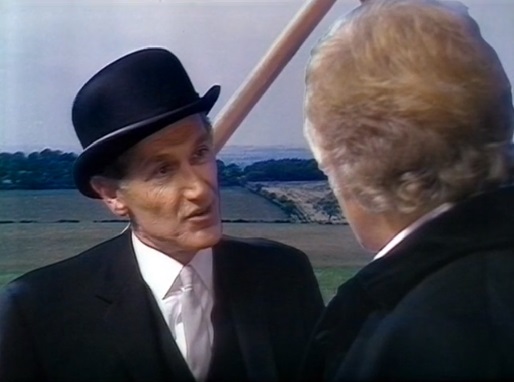 Comics reviews this evening, but for now, a new episode of Pex Lives in which the boys are joined by author Kit Power to talk about Terror of the Autons. And apparently there’s some Stephen King stuff, although the description gives me no clue what that entails in any way, shape, or form. But evidently it’s a thing. So there you go. Listen here.…
Comics reviews this evening, but for now, a new episode of Pex Lives in which the boys are joined by author Kit Power to talk about Terror of the Autons. And apparently there’s some Stephen King stuff, although the description gives me no clue what that entails in any way, shape, or form. But evidently it’s a thing. So there you go. Listen here.…

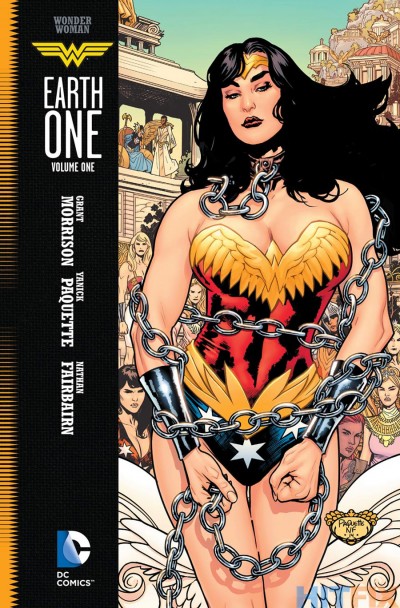 Phil is joined by Noah Berlatsky, author of
Phil is joined by Noah Berlatsky, author of 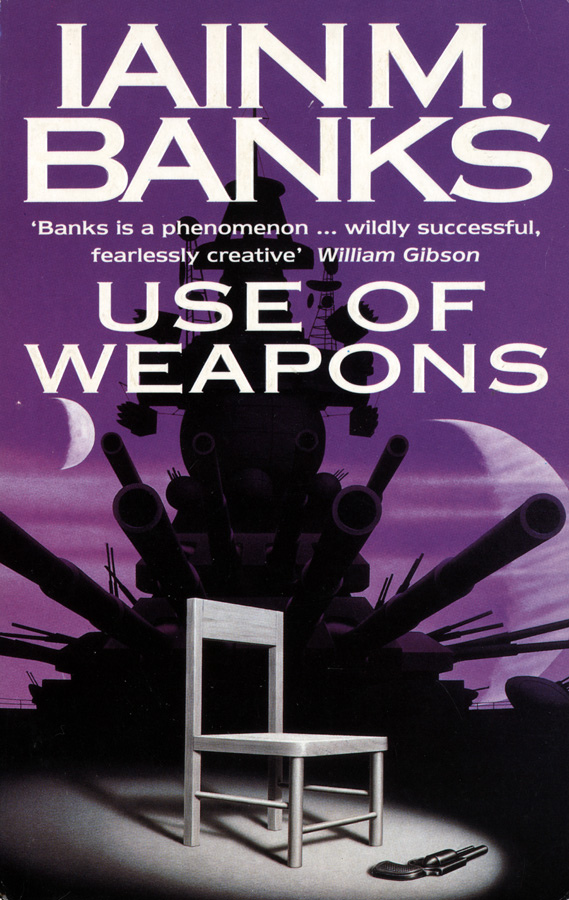 Use of Weapons
Use of Weapons

_(comichost-dcp)_p002.jpg)
_p12_(comichost-dcp).jpg) bonkers plot involving faking an alien invasion with a giant squid monster designed by a committee
bonkers plot involving faking an alien invasion with a giant squid monster designed by a committee

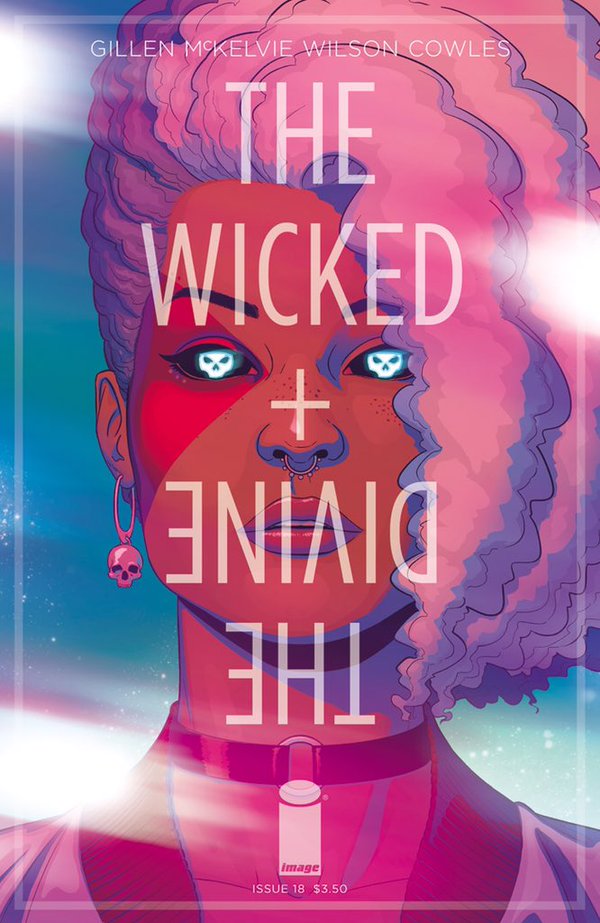 Spider-Man #3
Spider-Man #3